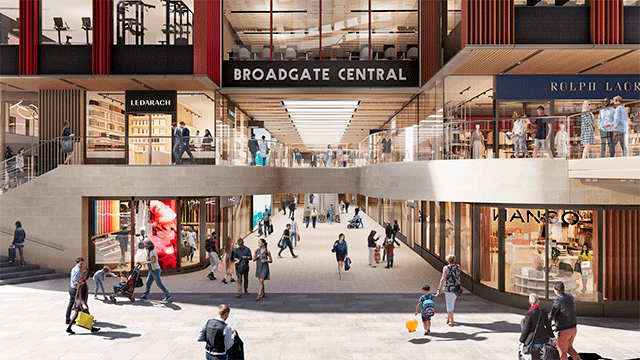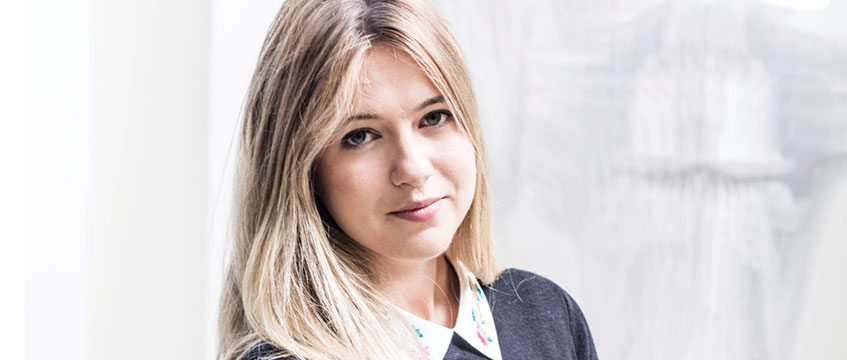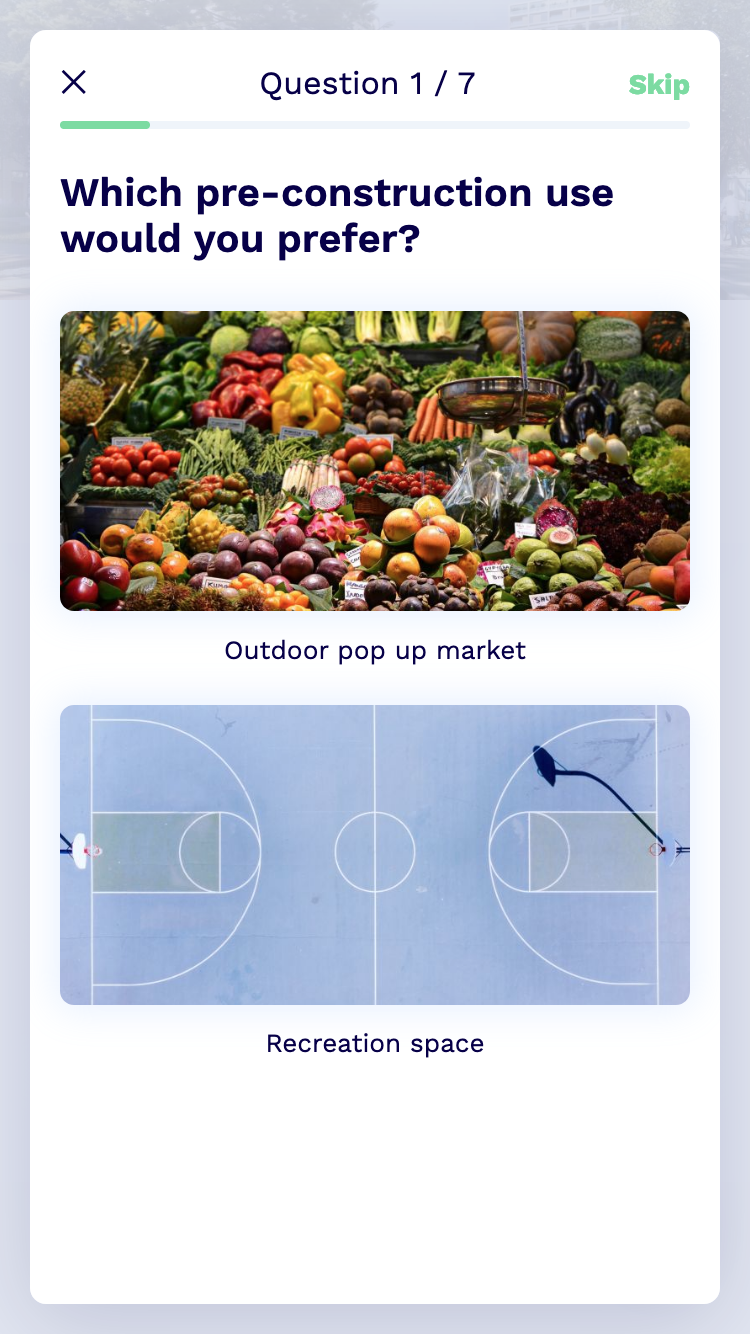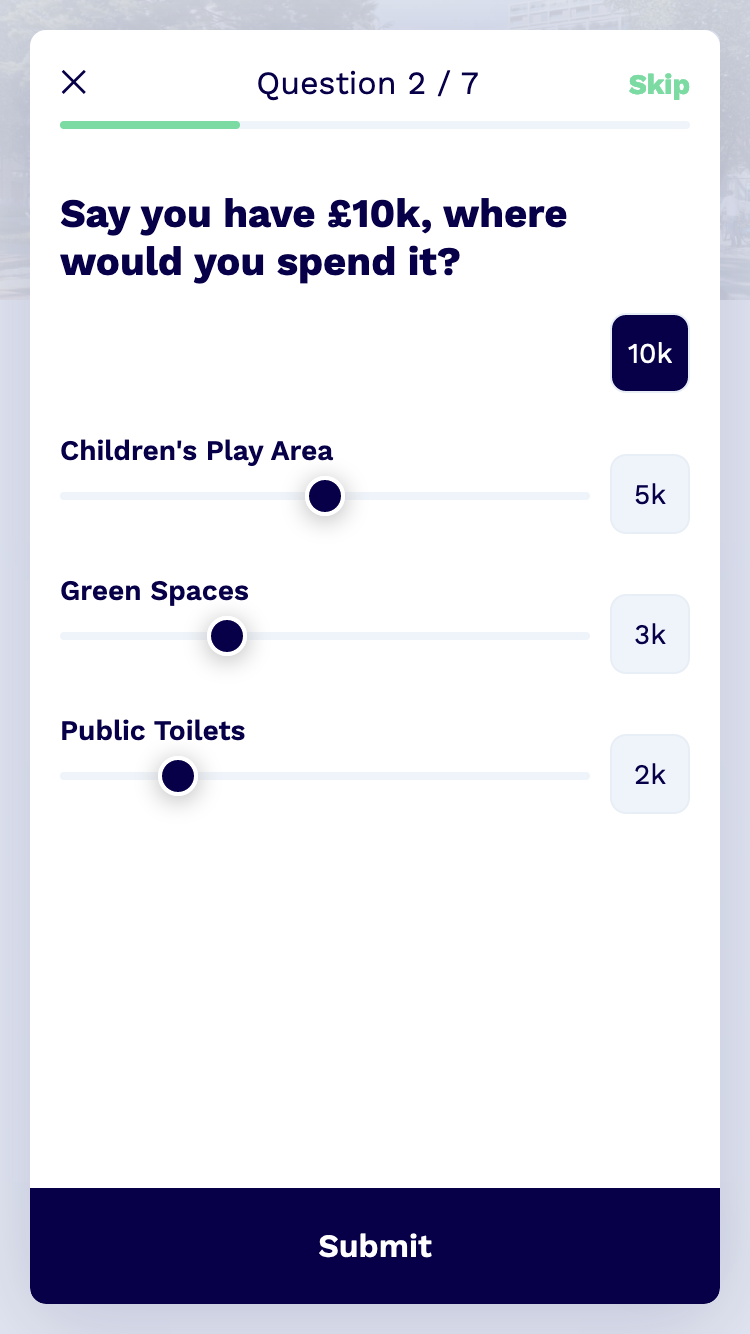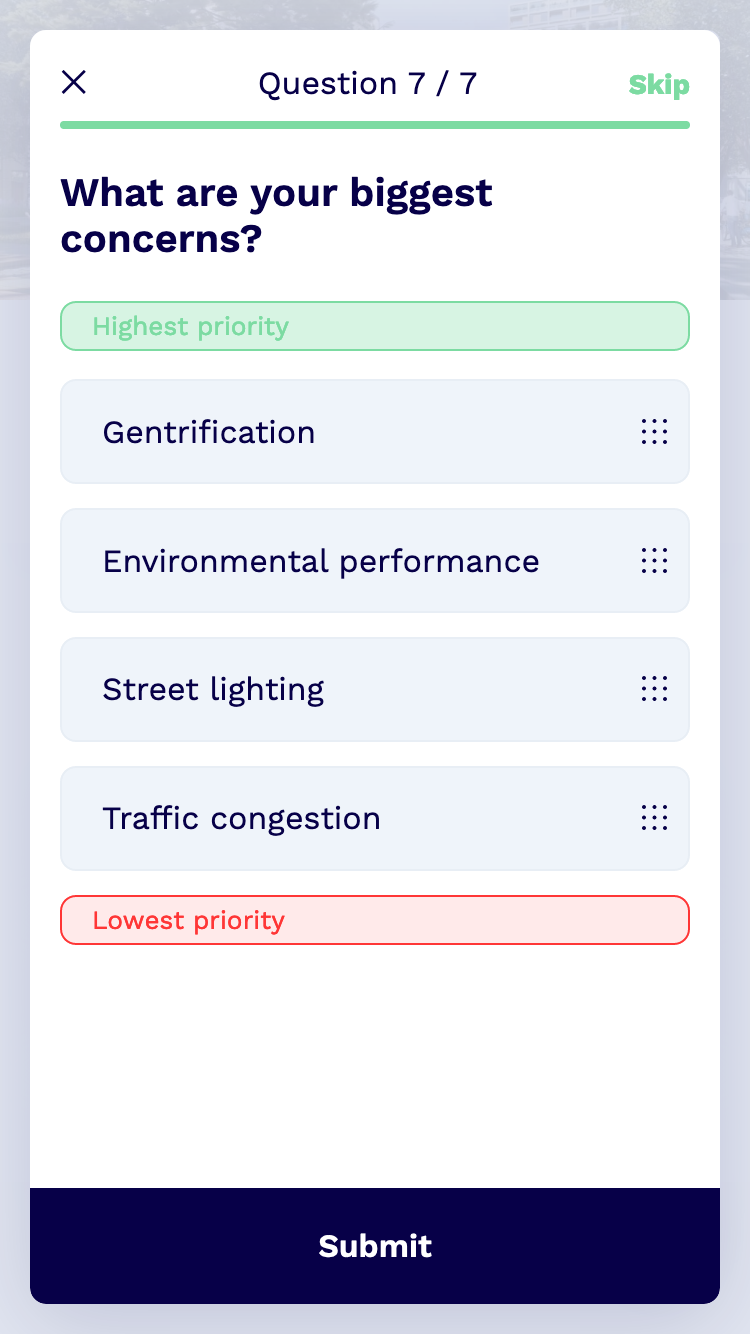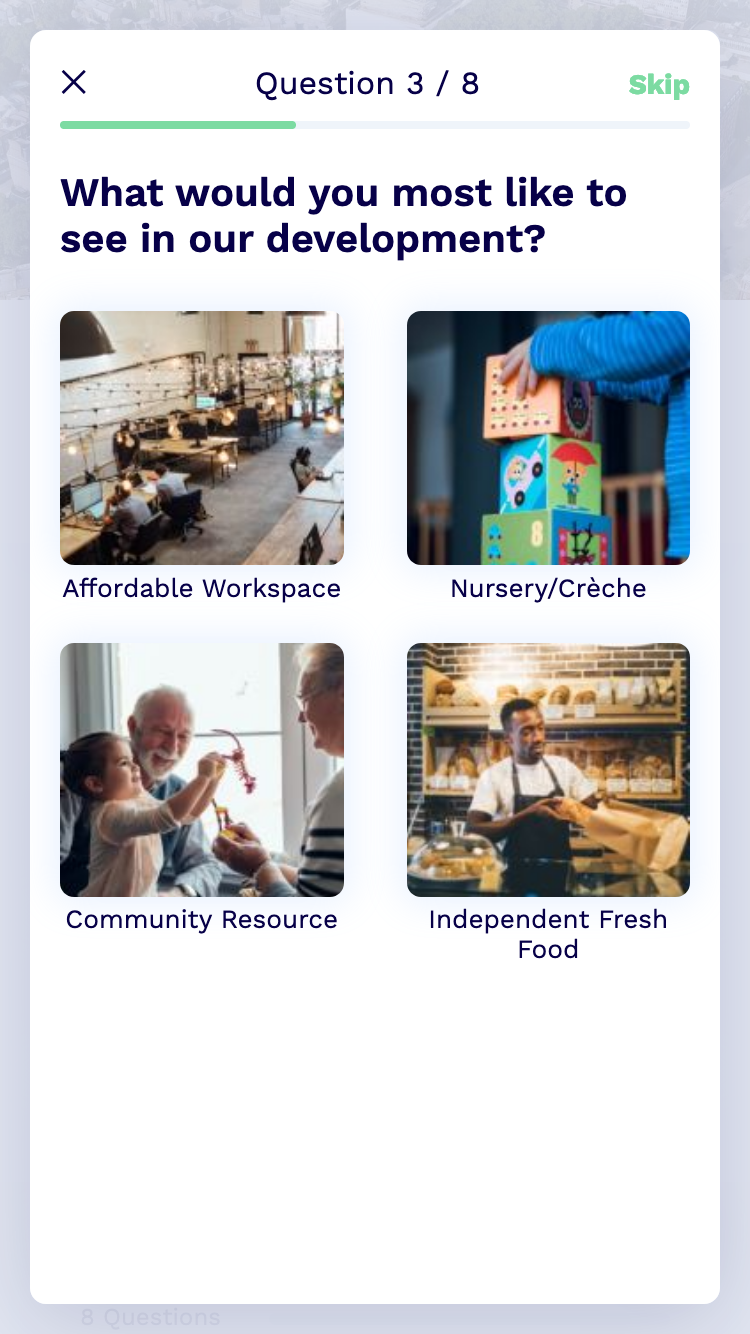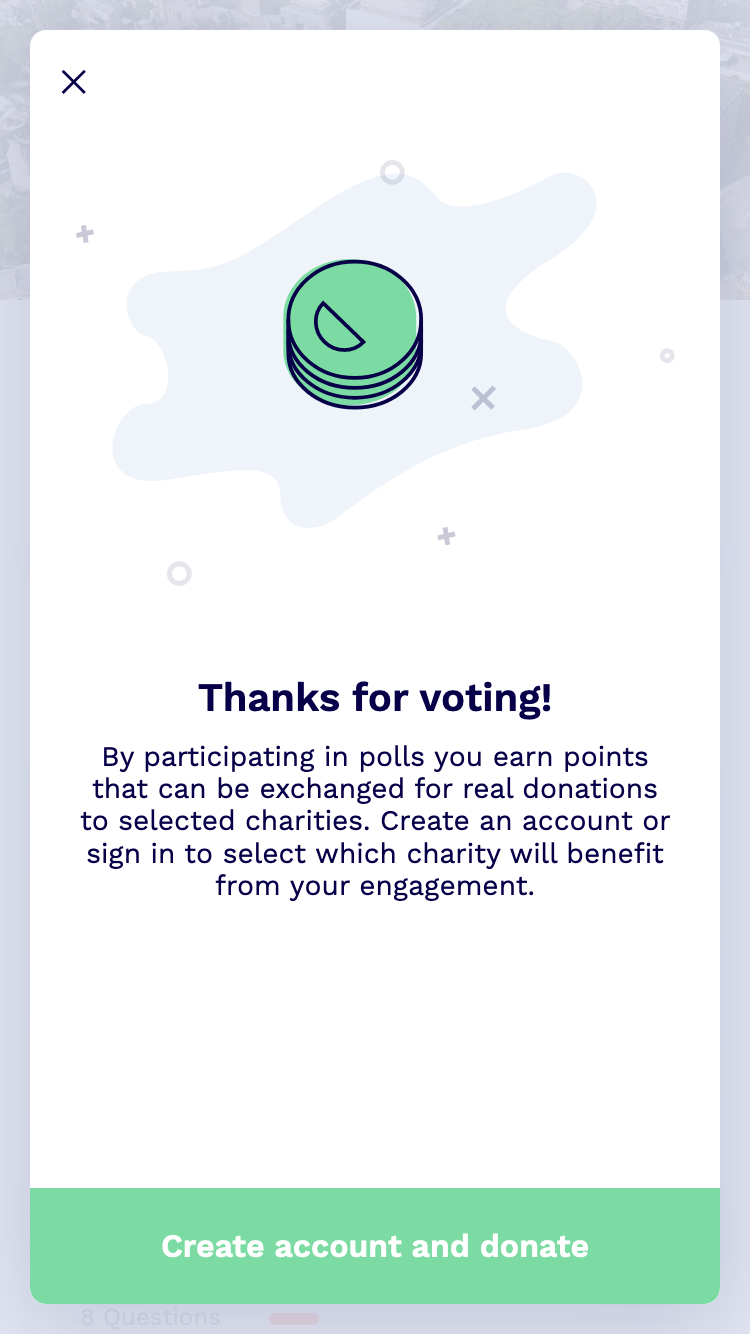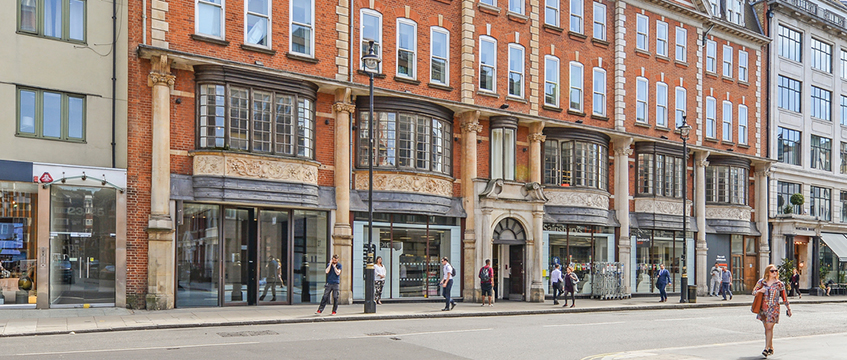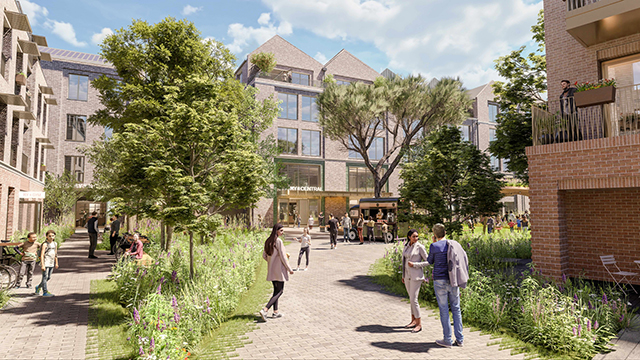COMMENT We are in the midst of a massive change, with millennials and younger generations feeling socially and politically mobilised to act and make a difference. If we can harness that energy and encourage people of all ages to get involved in planning, it will make a meaningful difference to the future and quality of our built environment.
When Built-ID set out to create a community engagement tool, the biggest challenge for us was how we could ensure a wide range of local people take part and give their view. We wanted to reconnect with the demographics who felt disenfranchised, if not apathetic, by the traditional consultation methods.
The planning process includes face-to-face meetings, which are usually inconvenient to fit in to our already hectic and time-poor lifestyle. We found in our research that many people also thought there was no point in attending these meetings as they felt like tick-box exercises where their input wasn’t valued or even desired. I feel strongly that this is not the case for the majority of developers and local authorities, and it is vital that we find a way to communicate this back to the local people living and working in evolving neighbourhoods.
Our new tool, Give-My-View, creates a mechanism by which developers can give back to local people by investing in the community itself, not just the bricks and mortar. By using the tool and engaging with communities, we enable developers to open up communication with local people.
“By giving communities a say over what gets built and what portion of the funds goes to charities they chose, you help start to correct the power balance between the developer and the community.”
We also wanted to change the perception that developers only take and reap the financial benefits from projects rather than giving back to the local community. After much workshopping, we decided to offer a gamified experience whereby participants earn monetary donations for charities by engaging with and sharing the web app.
The “local” aspect of these charities is essential. We wanted to find a way to incentivise all demographics within a community, which can be tricky given the transient nature of many who live or work in a neighbourhood. Especially for those who rent, they may not feel inclined to engage in shaping the future of the neighbourhood when they may not be there to see it come to fruition.
However, if engaging translates into supporting and funding local charities and initiatives, you’re helping to shape the present, not just the future.
For example, with a proposed development bordered by a local state school, the school itself has been selected as one of the potential recipients and will use the donations to fund music lessons for pupils. For a project in a neighbourhood where the are limited activities for young people after school, one of the options is to donate to a local community centre, which provides a dynamic programme for youngsters.
As well as the monetary donations which benefit charities and initiatives in local areas, it was important to curate the experience in which this materialises. Much has been written about the psychology of gamification, the process of employing game-like elements, such as earning points and going up levels, and synergising this into business strategies.
On our Give-My-View web app, the more you engage, the more points you earn. You can progress through different levels from a “community member” to a “community shaper.”
Via your dashboard you can see how many points you’ve individually earned and also how many your community has collectively earned. Each time you answer a question, an animation lets you know you’ve gained a point for your input.
These gamified elements tap into our natural instincts for exploration, competition, earning a sense of achievement and feeling in the driving seat.
By giving communities a say over what gets built and what portion of the funds goes to charities they chose, you help start to correct the power balance between the developer and the community. The community gains a much-needed sense of agency and ownership over the process where it’s not just about having the mechanisms to give feedback, it’s about knowing it’s valued and can ultimately make a difference.
Savannah de Savary is founder and chief executive of Built-ID





